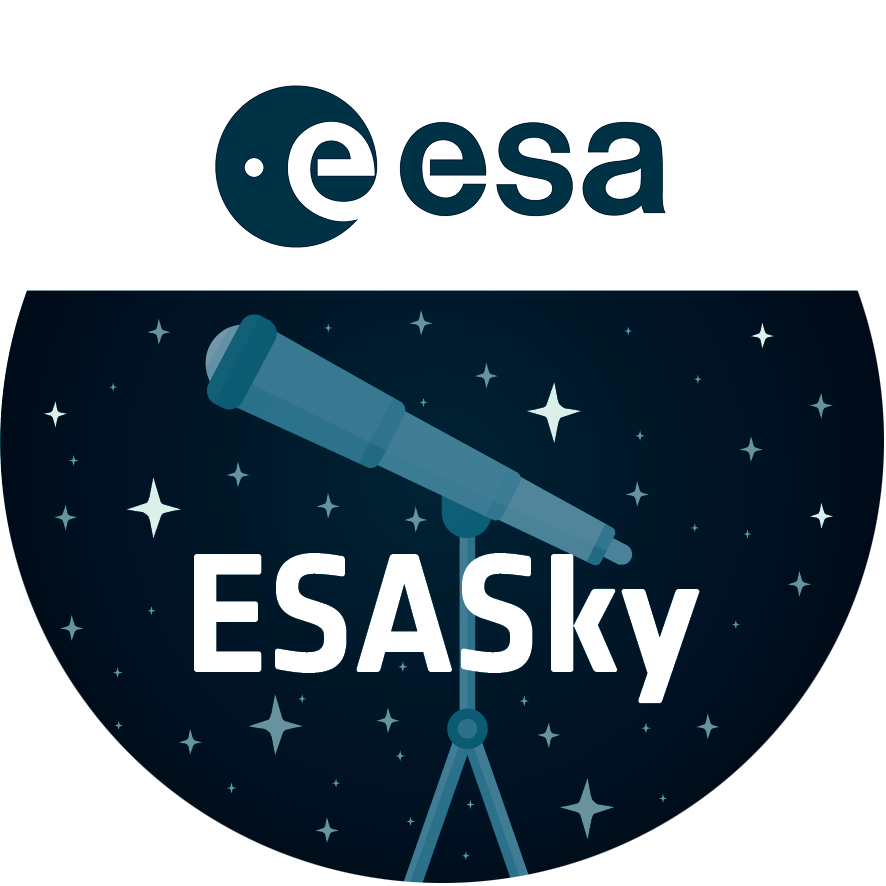Hubble snaps close-up of the Tarantula
Hubble has taken this stunning close-up shot of part of the Tarantula Nebula. This star-forming region of ionised hydrogen gas is in the Large Magellanic Cloud, a small galaxy which neighbours the Milky Way. It is home to many extreme conditions including supernova remnants and the heaviest star ever found. The Tarantula Nebula is the most luminous nebula of its type in the local Universe.
Credit:NASA, ESA
About the Image
| Id: | heic1105a |
|---|---|
| Type: | Observation |
| Release date: | 15 March 2011, 10:00 |
| Related releases: | heic1105 |
| Size: | 3868 x 3952 px |
About the Object
| Name: | 30 Doradus, NGC 2060, NGC 2070, Tarantula Nebula |
|---|---|
| Type: | Local Universe : Nebula : Type : Star Formation |
| Distance: | 170000 light years |
| Constellation: | Dorado |
| Category: | Nebulae |
Coordinates
| Position (RA): | 5 37 44.29 |
|---|---|
| Position (Dec): | -69° 11' 12.14" |
| Field of view: | 3.23 x 3.30 arcminutes |
| Orientation: | North is 15.8° right of vertical |
Colours & filters
| Band | Wavelength | Telescope |
|---|---|---|
| Optical B | 435 nm |
Hubble Space Telescope
ACS |
| Optical V | 555 nm |
Hubble Space Telescope
ACS |
| Infrared I | 814 nm |
Hubble Space Telescope
ACS |


